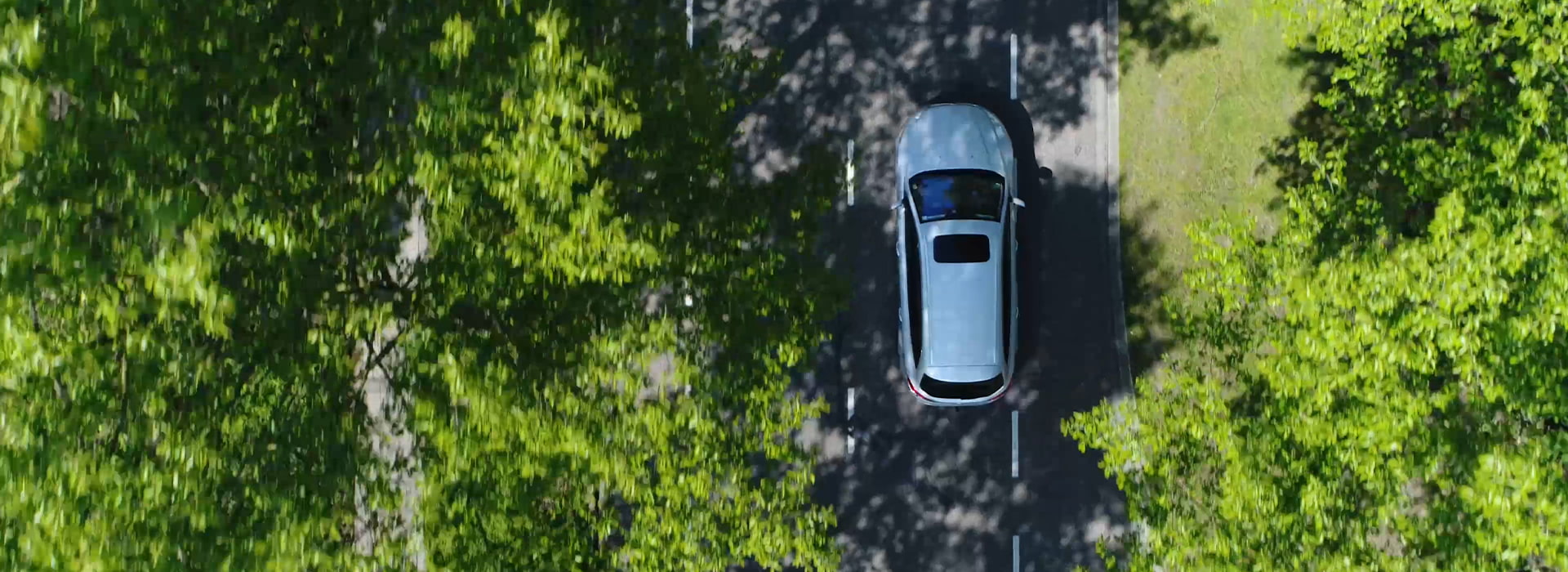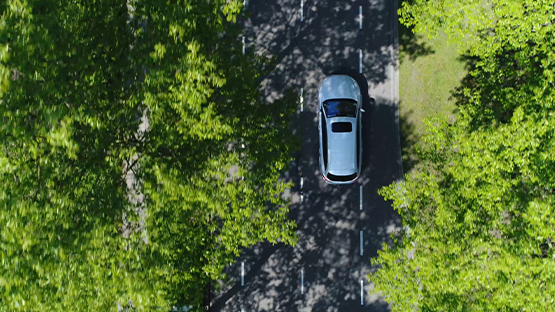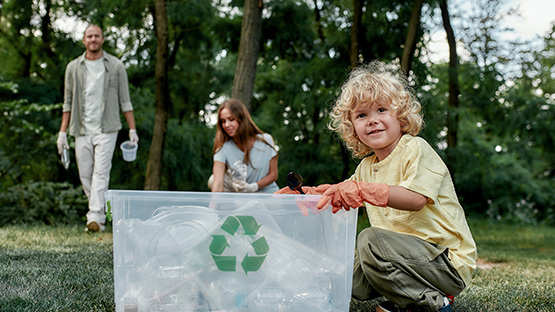Car recycling - what does it look like in practice?
Ekologia

9 January 2023
There are times when it is not possible or cost-effective to continue operating the car you have purchased. Total damage, progressive rusting of key structural components or even excessive insurance costs - all speak in favour of getting rid of the car. What to do in a situation where a sale is not possible? It is worth using a scrapping service. Before doing so, however, you need to know - what is car recycling?
Car recycling - what does it involve?
Car recycling is the process of disposing of vehicles in an environmentally sound manner, as it involves the extraction of secondary materials. At the beginning, the car is properly prepared, i.e. goes through a process:
- remove all operating fluids (engine oil, from the gearbox, from the shock absorbers; coolant, brake fluid, from the power steering pump);
- dismantling of reusable parts (including the interior) that will be suitable for the same model;
- the disposal of parts that are not reusable but made from valuable materials (e.g. a catalytic converter made from precious metals).
The most desirable materials, from a vehicle recycling point of view, are all components made of plastic. Among others, windscreens, gaskets and the dashboard are recycled with the greatest ease.
How much does it cost to recycle your car? Good news for those who missed the July 2015 change - the government has removed the requirement to pay a recycling fee. Using a salvage service is now free of the requirement to pay, and the vehicle owner can even make money from it. Those interested can sell their car for disposal in two ways:
- As a complete car (the weight of the car surrendered must be at least 90% of that entered in the registration certificate).
- As a stripped car (the weight of the car being handed over is less than 90% of the weight entered on the registration certificate).
In the case of the first version, the selected buyer selects a rate, which it multiplies by kilograms, subtracting around 200 kilograms (not everything is recyclable - non-metal car parts weigh that much in total). This option is particularly beneficial for owners of older vehicles whose equipment is quite modest.
The second method is recommended for people handing over cars of newer production, whose components are more technologically advanced and therefore also more expensive. These can be sold to greater financial advantage than by returning them together with the car for disposal. How much money can be made from the disposal of a demolished car? The valuation is carried out in a similar way to a complete one, with the difference that the amount obtained is reduced by the missing weight. A loss of between 30 and 100 cents per kilo is generally incurred.
What does this look like in practice, using a concrete example and figures? Assuming a rate of 50 cents per kilo, a Renault Clio II 1.2 16V from 2001, weighing 985 kg, will allow the owner to gain around 390 PLN. This may not seem like much, but in the case of accident cars, the only available choice is often: gain 390 PLN or gain nothing at all?
What components in a car can be recycled?
Vehicle recycling is both the conversion of metal parts into new secondary raw materials and the use of automotive components in other vehicles. Which components are most suitable for this?
- Tyres - these can be retreaded to prolong their life. Only tyres whose casing has not been damaged are suitable for this, and the method can only be repeated a few times (unfortunately, each time the level of safety provided by the tyre decreases).
- Batteries - because they are a type of large battery - can be recharged and placed in a new vehicle. Their capacity and service life decreases, albeit slowly.
- The engine - the heart of the vehicle - can be used in its entirety. Owners of vehicles very often decide to replace the engine with a more powerful or economical unit - in such cases, the best choice is the engine that was originally installed by the manufacturer in another model. If transplantation is not possible or no one is found, the engine is disassembled into its parts, such as the head, block, cylinder or timing drive cover.
- The gearbox - its components, such as the dual-cum, can be reused.

Raw materials that are obtained from car recycling
Is end-of-life car recycling really that environmentally viable? Absolutely! Because the car folds in:
- 75% from non-ferrous and ferrous metals;
- 15% plastic;
- 10% from other raw materials.
(The above values are averages only. The weight distribution of individual vehicle models may vary)
According to the legislation, 85% of recycled materials should go back into circulation. That is a lot. Using the Renault Clio II example once again - an initial weight of 985 kilograms will yield around 837 kg of recycled material.
Recycling passenger cars yields slightly fewer raw materials than vans. The reason for this is the very way in which the vehicles are made - those intended for private use, i.e. driving around town from A to B, contain more non-metallic parts. Vehicles used for transport have more of these, mainly due to the cargo hold and larger body size.
The raw materials that are obtained from disposal are exactly the same as those that make up the components of the vehicles, namely:
- metal;
- plastics;
- Glass;
- textiles;
- alternative fuel for large thermal power plants and factories.
It may be interesting to note that the engine (after cleaning and getting rid of operating and other fluids) can be thrown in for processing.... in its entirety. There are special lines, consisting of a volume reduction system (i.e. shredding), separation of ferromagnetic components and separation of general components. Recycling makes it possible to recover waste from almost anything, easily and affordably!
Car recycling - what do you need to know before returning your vehicle?
How do you start the car recycling process? What do you need to know before handing in your own car and its parts for recycling? The insurance policy must be valid at the time of donation, otherwise the owner could incur a hefty financial penalty. This is not the only requirement. The salvage yards will not accept the vehicle when the owner cannot prove that he or she is the legal owner of the car.
What if the donated vehicle is not in working order? Does this prevent users from returning it for recycling? No - all you have to do is notify the collection centre. Most facilities offer the option of ordering a tow truck. The advantage of this option is that you do not pay for it in advance, the cost is deducted from the final amount.
It is also important to know that applying recycling principles to cars is important for both the planet and motoring itself. Firstly - most traditional vehicles already do enough environmental damage. A side effect of burning fuel is to increase CO2 emissions into the atmosphere. This intensifies the greenhouse effect, the effects of which are felt by society in every corner of the world. Deletion will not reverse the damage caused, but it will be a good starting point to get combustion-powered cars off the streets in favour of electric ones. Those used in part by InPost's couriers are almost zero-emission vehicles - using the delivery service and Paczkomat® devices is a great way to be environmentally responsible.
Secondly, an increasing number of manufacturers are trying to reduce the use of natural raw materials, in favour of secondary raw materials. According to the companies, most modern vehicles are 80/95% recyclable. By recycling a vehicle, there is an increase in the availability of materials that can be used in production, and this means potentially lower prices for new units for customers.
Car recycling - what documents do you need to have?
Although the price of car recycling is relatively low - the whole process legally resembles a normal car sale, in which one party makes an offer to customers. This means that the following will be required:
- drawing up an appropriate statement;
- provision of documents (registration certificate and vehicle card);
- if the car is not registered to the person surrendering it for destruction, presentation of an authorisation certificate;
- deregistration of the car;
- check the remaining third party liability (if the remaining insurance term is long - a part of the premiums can be claimed).
Recycling is a procedure that can be implemented at every level of life. The production of secondary raw materials contributes to reducing the carbon footprint and the consumption of natural resources, which can become scarce over time.
Czytaj również

Where to donate your clothes? Give them a second life together with InPost!
Where to donate clothes you no longer wear? Instead of throwing away good clothes, it is worth donating them to others for further use. Do...

Where to give away unwanted electronic equipment? Small items can still be useful
Electronic equipment is one of the most frequently replaced items in the home. New ones are not always bought when the old ones are no lon...

Where to donate toys you no longer need? We have a good way to do it!
Quite a few children have rooms full of toys. They receive more gadgets from grandparents, parents or aunts and uncles. Sometimes the obje...



